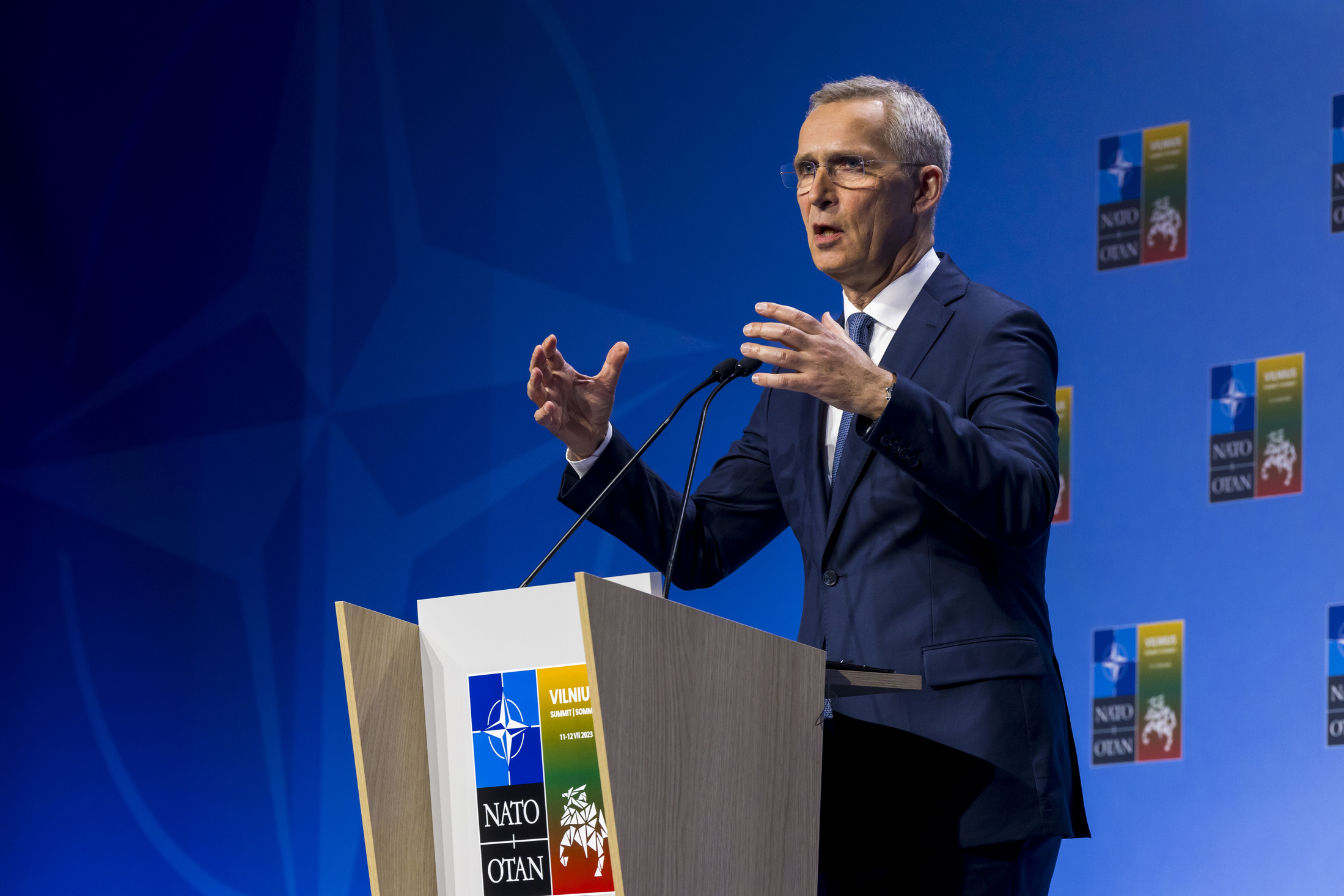A meeting of the leaders of the 31 nations of the Atlantic Alliance ressembles a high mass. Each leader promises once again they are ready to “defend every corner of the Alliance’s territory”, as stated in the organisation’s founding charter.
The meeting gives the floor to everyone, especially the United States, to renew their support for Europe, in particular to the countries on the Eastern flank of the alliance. “Our commitment to Article V is ironclad”, you will hear repeated over the next few days.
If the official statements are predictable, it is because the significance of the NATO summits is eminently symbolic. NATO is based on the faith and trust that each of the Allies has in the others.
